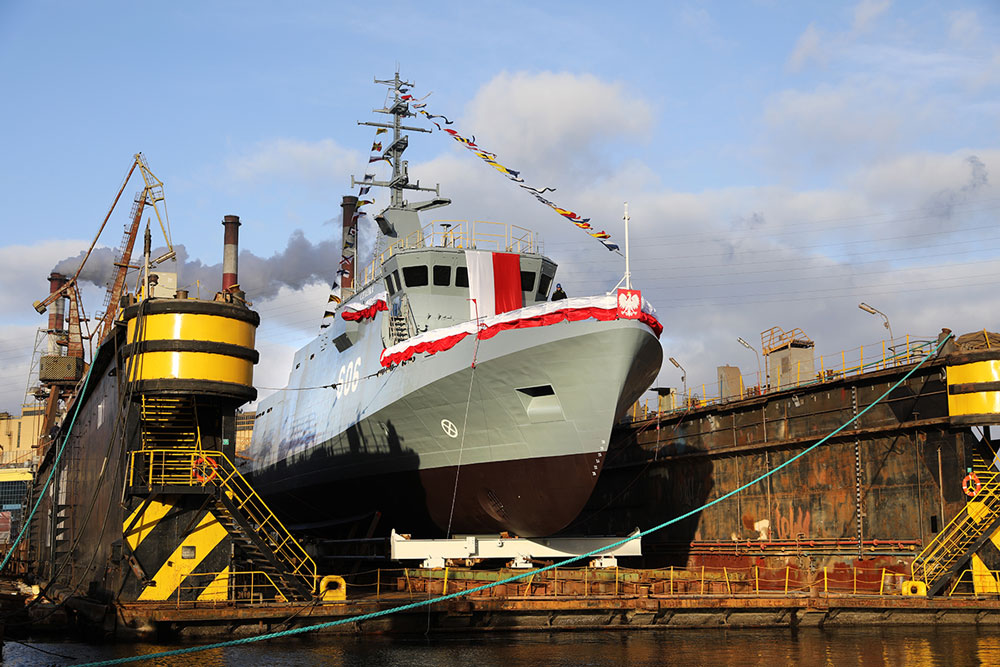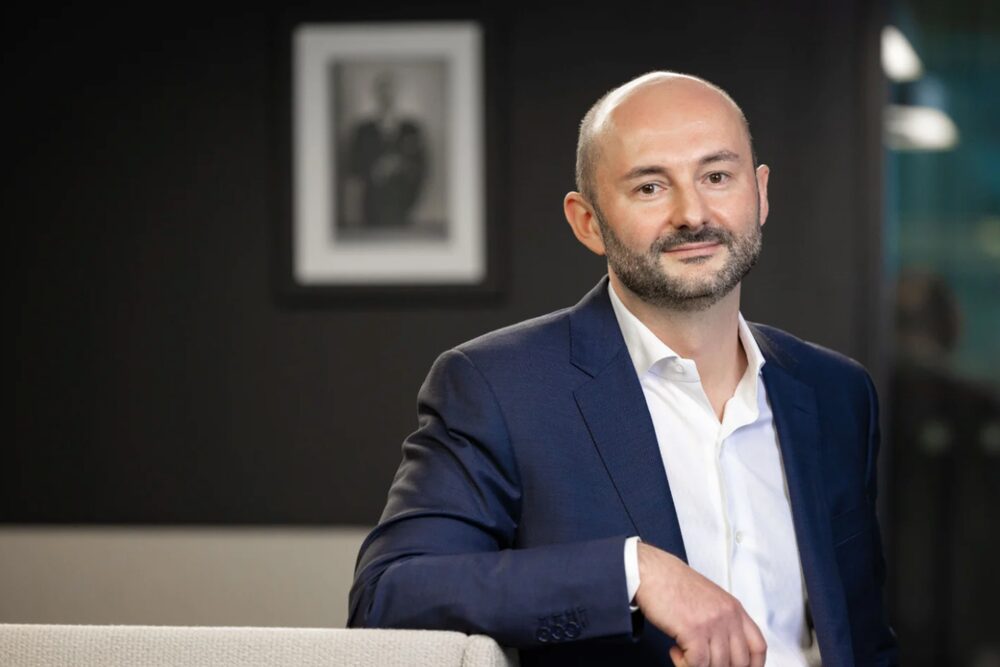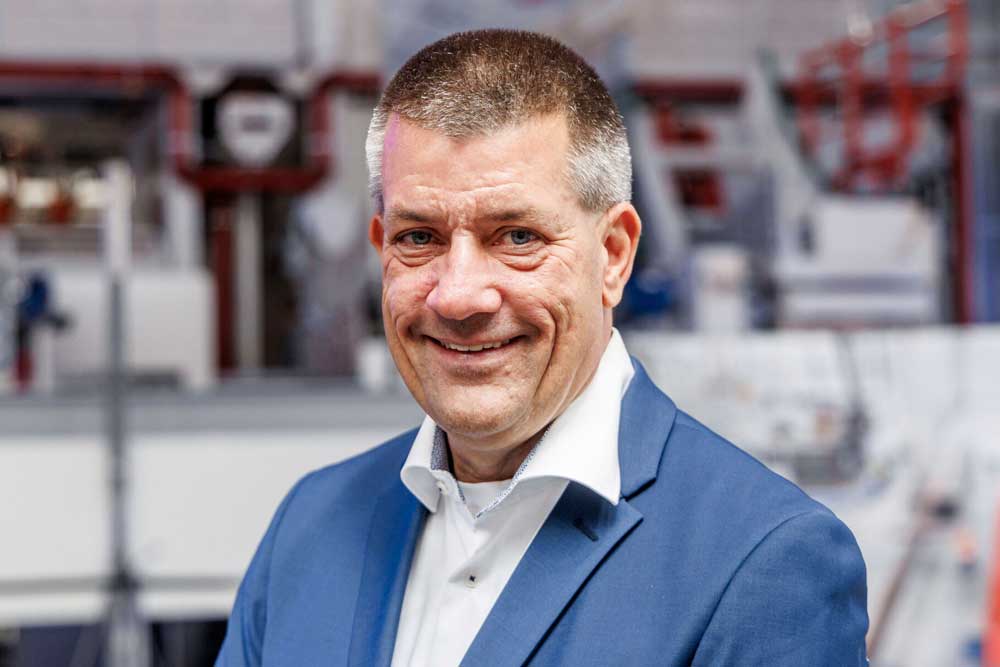Qtagg recently secured an order for the digitalisation of “Danielle Casanova’s” propulsion control system, which will reduce the ship’s fuel consumption by an estimated 6-8%. The order includes power routing with EcoPilot and retrofit of governors, actuators, and the pitch control system.
“Danielle Casanova” is the largest of Corsica Linea’s nine cruise ships. It serves routes between the French continent, Corsica, Algeria, and Tunisia. The vessel is currently at port in Marseille for maintenance and technical upgrades.
Corsica Linea has decided to install EcoPilot, a fully automated eco-driving system that uses weather forecasts and ship data to calculate the best power plan for a route and a set arrival time on “Danielle Casanova”. It also implements continuous adjustments to maintain an even engine load and propeller pitch optimisation for maximal fuel savings.
This type of automated eco-driving does not require the captain to manually change either speed or pitch. Instead, active power routing provides the captain with full control over the arrival time and mitigates the human tendency to set a higher speed than necessary at the start of a voyage.
“Danielle Casanova” will be equipped with new DEGO IV engine governors, new ASAC actuators and a new pitch control system. These will replace outdated technology and enable digital ship propulsion control and active power routing with EcoPilot.
Fuel savings with EcoPilot
The EcoPilot power routing system comes with a 3% fuel consumption reduction guarantee, which the company highlights. However, the expected savings for “Danielle Casanova” are in the range of 6-8%, based on a somewhat conservative calculation based on installations on similar vessels.
The actual fuel reduction will be determined by a 4–5-week test period after commissioning. The fuel consumption during this period will be compared to a baseline from a reference period where the ship operates without EcoPilot. The comparison will be confirmed by a statistical analysis to compensate for any influence from varying environmental, load and speed conditions.
“EcoPilot achieves fuel savings through three main methods: firstly, it automatically executes optimised power plans, keeping the load on the engine constant. Secondly, it prevents instances of ‘hurry up and wait’ and thirdly by adapting quickly to changing conditions, ensuring vessels arrive just in time, thus avoiding unnecessary fuel consumption”, says Per Österberg, CCO at Qtagg.
He adds that “the impact of these methods on fuel savings varies depending on the length and frequency of voyages. For long ocean crossings, such as those undertaken by large tankers, optimised power plan execution has a significant impact. However, for shorter voyages, like the trip between Dover and Calais lasting 90 minutes, we’ve observed savings of up to 20%, equating to over €500,000 per year for our customers. There’s a notable market interest in integrating EcoPilot into large retrofit projects for propulsion control systems. Additionally, there’s a growing trend in installing EcoPilot directly onto the bridge without the need for retrofitting, achieving a remarkable return on investment in just 3-4 months.”
“Control over arrival times with predictable fuel savings is getting more and more important in the industry”, concludes Per Österberg.
“For us, this is not only about saving on fuel expenses. Installing EcoPilot will also help us achieve a reduction in CO2 emissions”, says Julien Colin, Superintendent at Corsica Linea SAS Division Technique. “As a company, we have an ambitious plan to reduce our total CO2 emissions by 40% until 2030 and continue to move towards sustainable maritime transport in the Mediterranean. It will be interesting to see how much a system such as EcoPilot can contribute towards our goals”.














